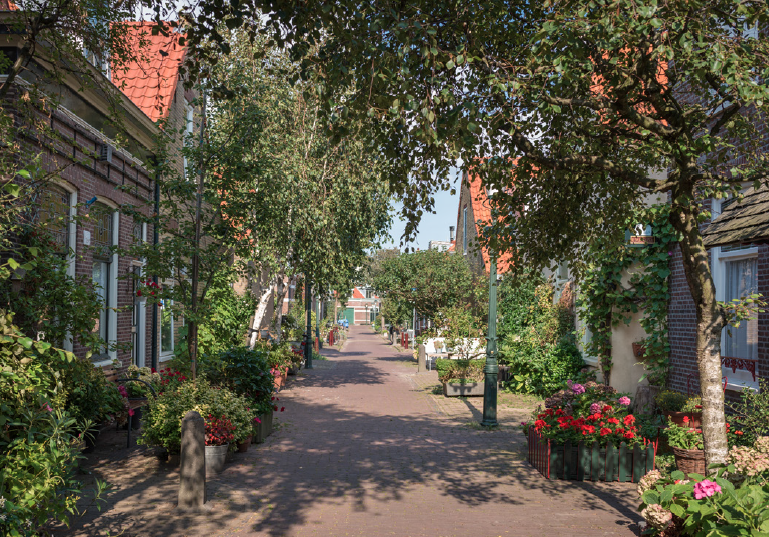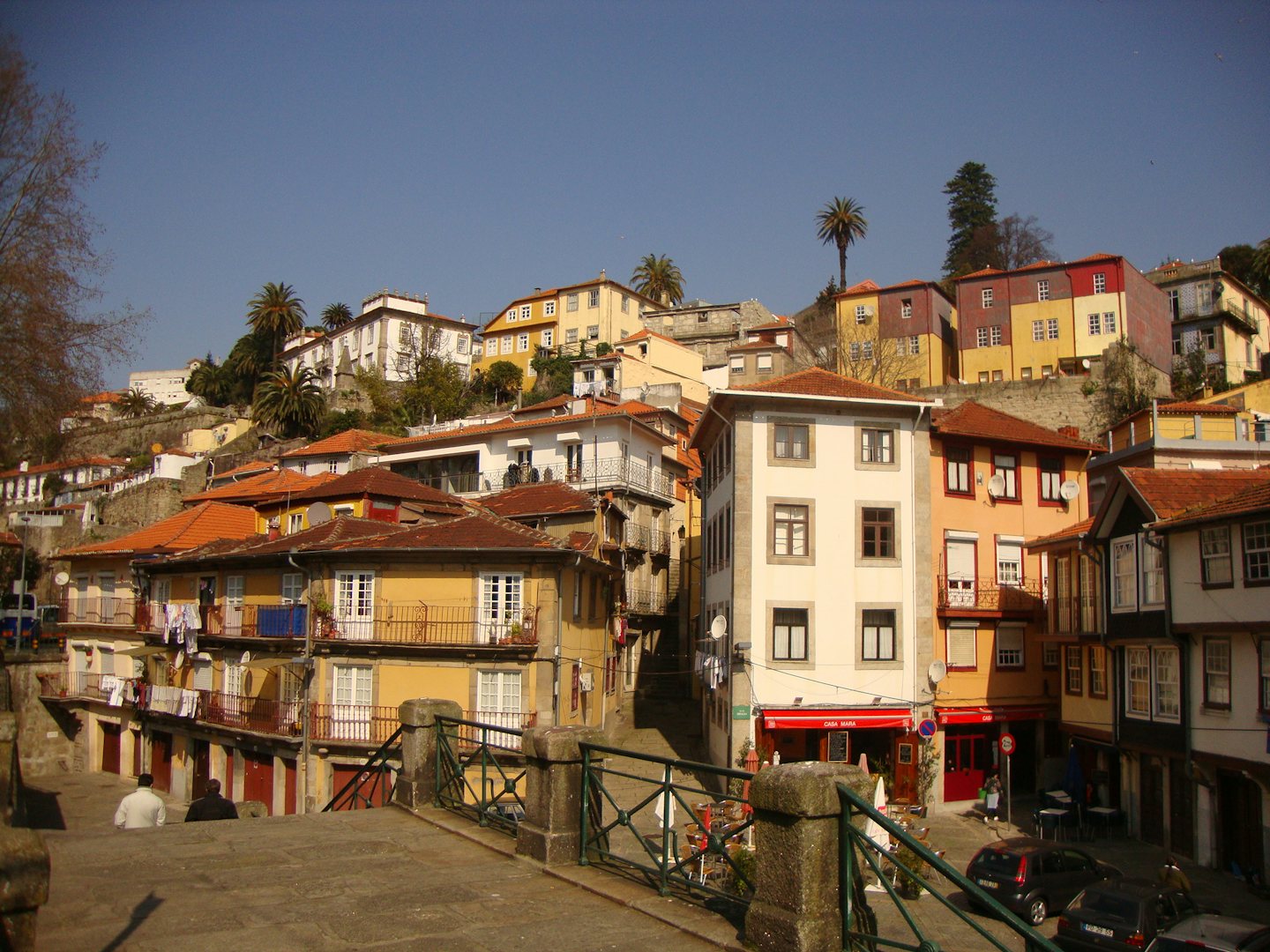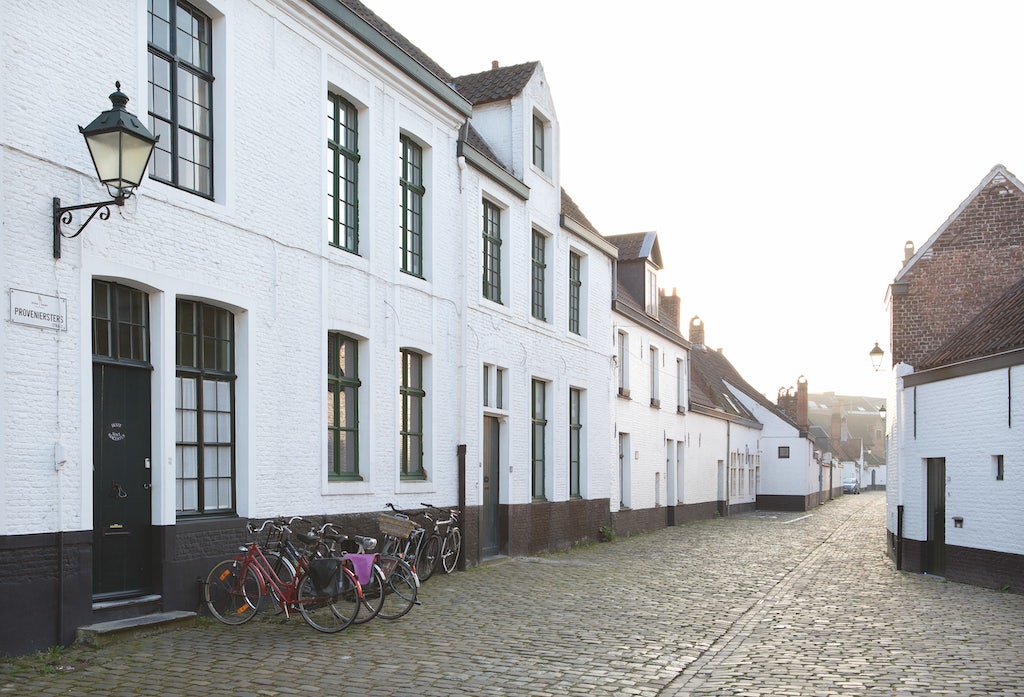6 hidden streets to get lost in
1) Petite Rue Malibran
Brussels, Belgium
The quiet Petite Rue Malibran is one of a handful of old lanes that have miraculously survived in Brussels. Originally named Rue des Pucelles, it’s the last remnant of a 15th-century country lane that once meandered through open fields. Barely changed since the 18th century, it remains an almost rural corner of Ixelles with whitewashed cottages covered in wisteria, along with a little park.

Joram Van Holen
2) Medieval Mdina
Mdina, Malta
A visit to Mdina is always full of surprises. The main streets with their baroque buildings are impressive. But there is also another part of Mdina, with narrow lanes and streets that are dominated by the elegant façades of buildings, that used to be owned by Malta’s nobility at one time. The street names and the Middle Age architecture are part of the fascination of medieval Mdina.

Joseph Galea
3) Werfstraat, Zeilstraat and Ankerstraat
The Hague, Netherlands
Visit these picturesque small streets in Scheveningen if you want to get an impression of what this fishing village looked like at the end of the 19th century. The tiny houses you find here, were built for the fishermen’s families in a time that Scheveningen was growing rapidly due to the scale increase of the fishing industry.

Tal Maes
4) Miragaia
Porto, Portugal
This colourful neighbourhood on the riverbank is adjacent to the famous Ribeira area, and it’s as picturesque and colourful. Located on the shore of a former medieval shipyard, its narrow cobblestone alleys and steep steps offer an atmospheric journey into the past.

5) Provenierstersstraat
Ghent, Belgium
This old cobbled lane is one of the most beautiful spots in Ghent. It is lined with whitewashed houses that once belonged to the St.-Elisabeth Begijnhof. The doorways still have iron grilles, bell-pulls and small statues of saints, but the protective wall that enclosed the Begijnhof was demolished in the 19th century.

6) Portal de Valldigna
Valencia, Spain
This archway in El Carmen was built in the 1400s to divide the Christians from the Moorish population. They had stayed in the city after the conquest by Jaime I, but were forced outside the old city walls. It was also the site of one of the first printing presses in the Iberian Peninsula.

Paula G. Furió
JOIN THE HIDDEN SECRETS SOCIETY
Unlock a world of hidden gems. Sign up for free and gain access to over 4,000 addresses on our website. Plus, enjoy a 10% discount on all print guides and ebooks. Start exploring today!
Already a member? Log in. |
New here? Sign up. |